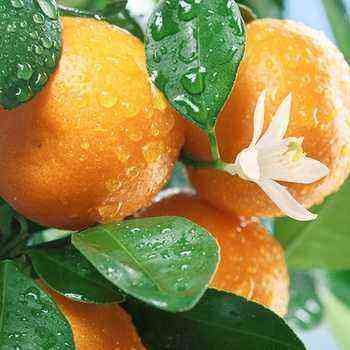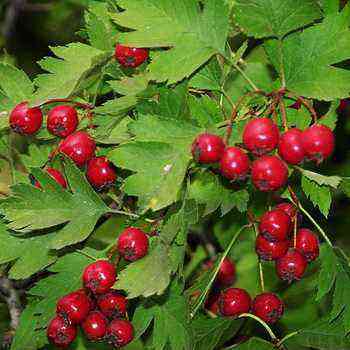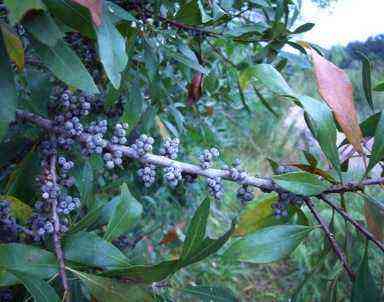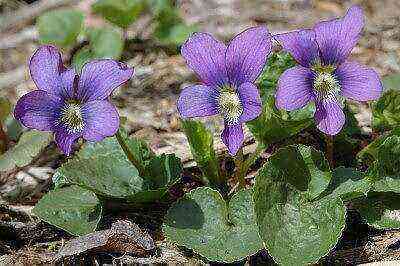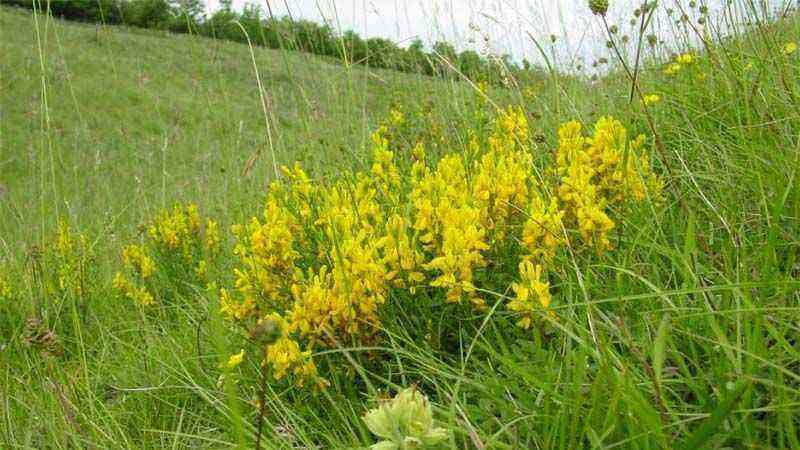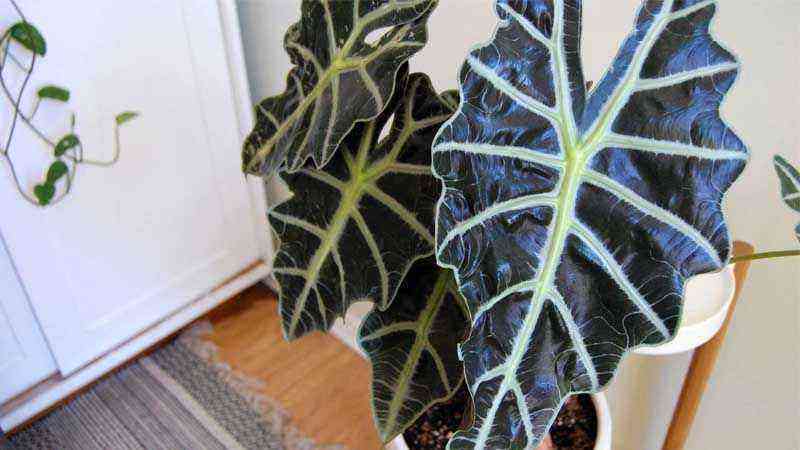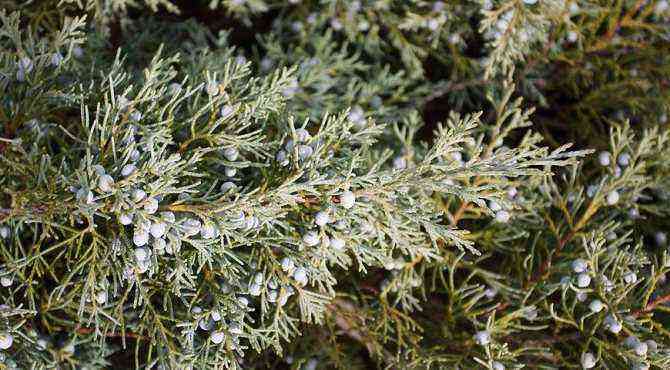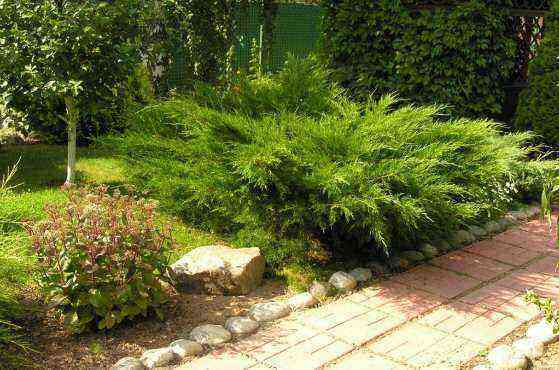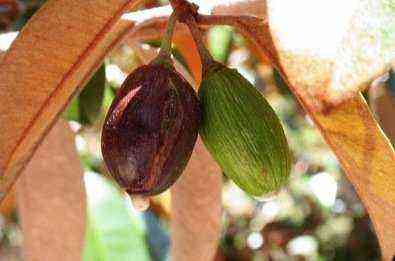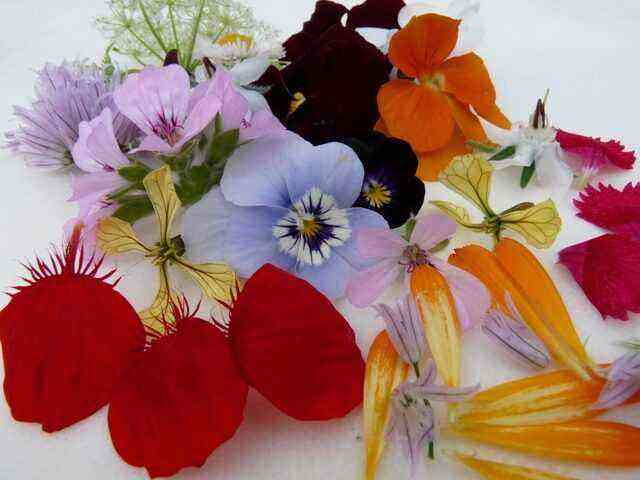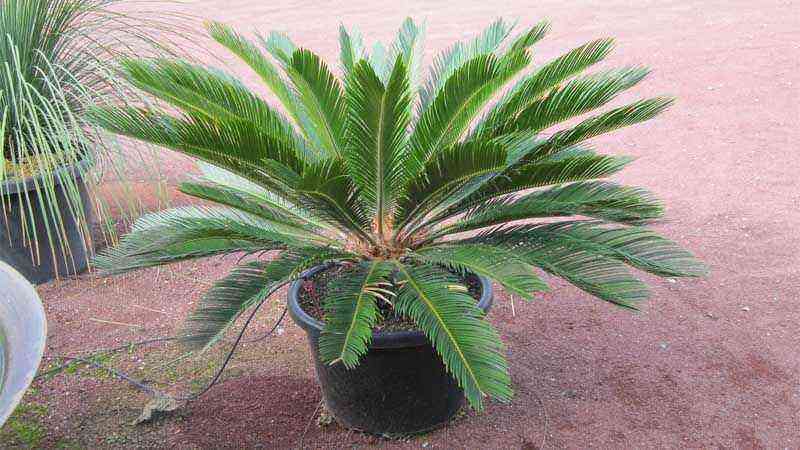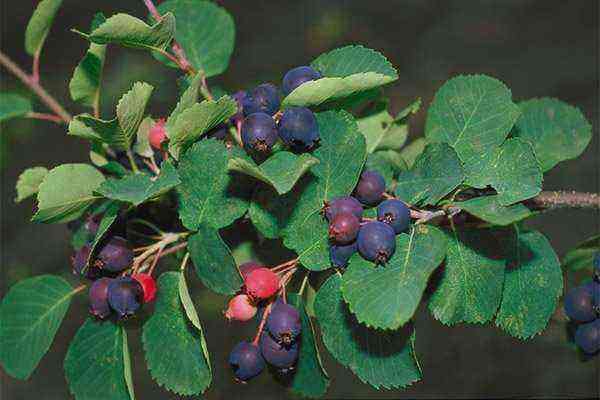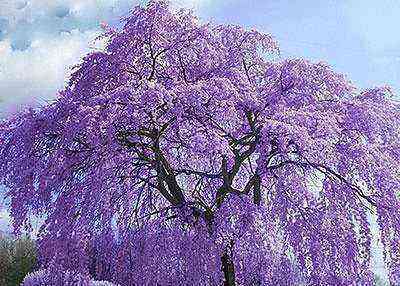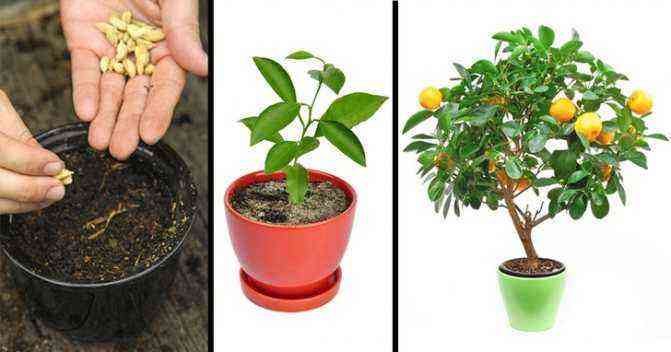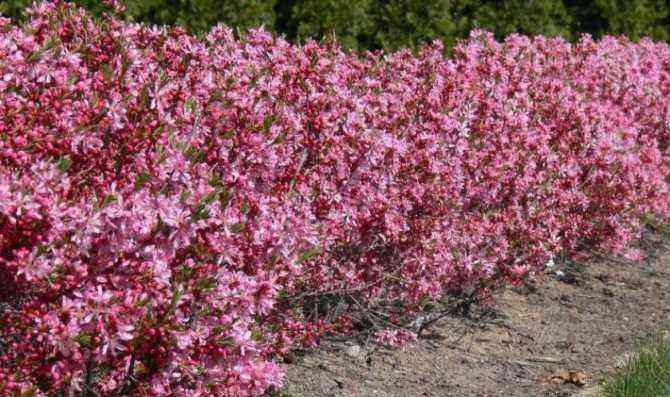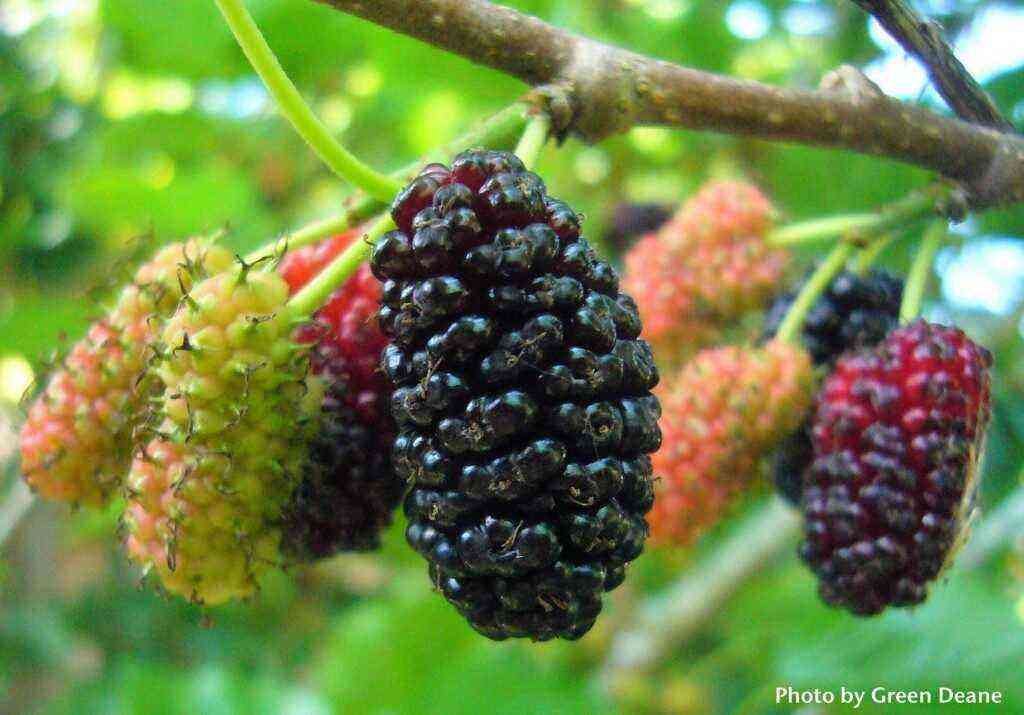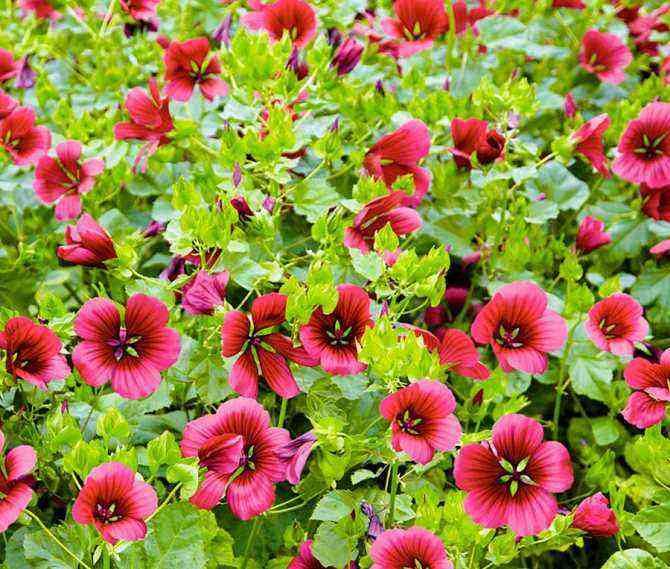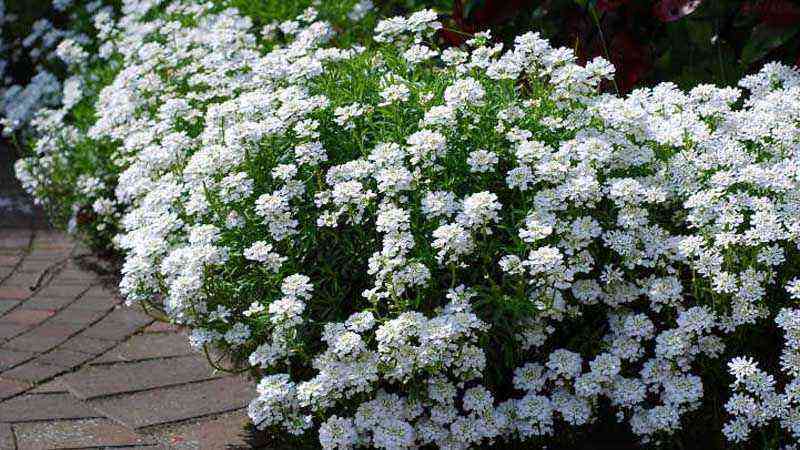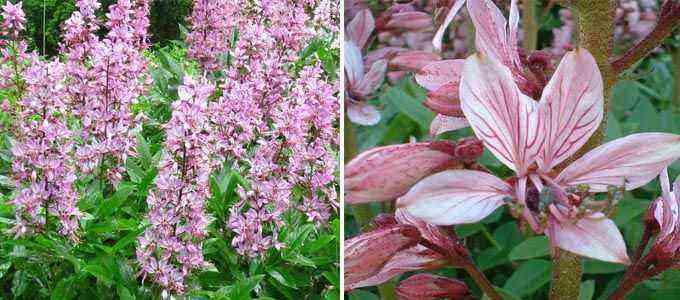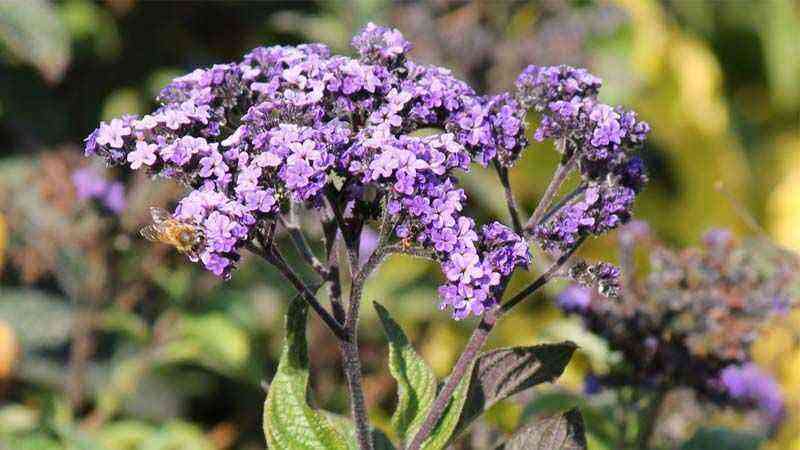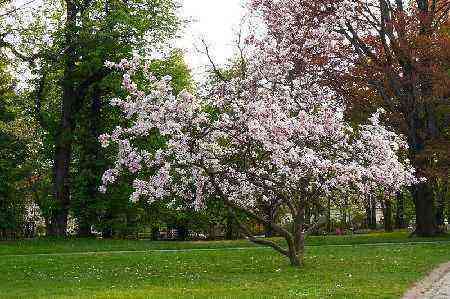The cyclamen plant is a species of flower that is well known and valued for its ornamental properties. At the production and cultivation level, most of the world’s nurseries have it in their portfolio, and today we can find varieties that complement a wide range of colors.
It is a species that can be grown in a spring garden or in pots, as an indoor plant. It is not considered a rustic plant but neither is it sensitive, so with a few tips on its maintenance we can take care of the plant for many years.
In this guide you will learn the main characteristics of the plant, the main varieties and the general care of cyclamen, whether grown in the garden or in pots indoors.
Characteristics of the cyclamen flower plant
The gender Cyclamen encompasses up to 23 species of short flowering plants highly valued for their ornamental characteristics. They are considered tuber plants , planted between the autumn and winter months to enjoy their flowers the following year.
One of the most famous representatives of cyclamen is the one known by its scientific name as Cyclamen persicum.
Taxonomy
- Order: Ericales
- Family: Primulaceae
- Gender: Cyclamen
- Species: Cyclamen persicum
Best known species
Flowering species in winter and spring


Flowering species in summer and fall
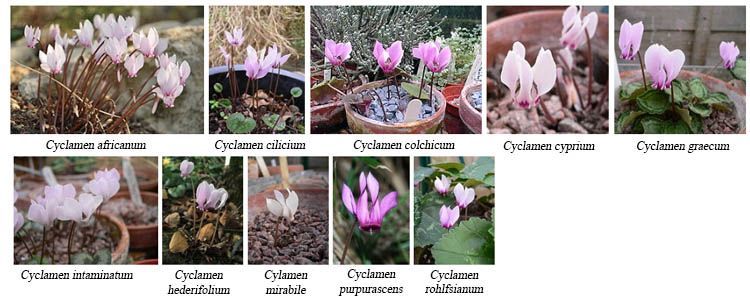

- Cyclamen persicum: this type of cyclamen has very aromatic flowers of pale colors such as pink or white that appear in the first months of spring.
- Cyclamen persicum f. puniceum: this sub-variety has a red bloom.
- Cyclamen persicum there. autumnalis: it is a Hebrew variety of cyclamen that first appeared in the Hebron area, with autumn flowering.
- Cyclamen persicum f. roseum: it has pinkish flowers and a slightly dark and uniform color.
- Cyclamen persicum f. albidum: it has whitish flowers, of a very intense and pure color.
Use as a houseplant
Cyclamen is perfectly adapted to indoor cultivation, although the flowering period is usually reduced . This is because some varieties need somewhat lower temperatures than those we normally have in our home, so as their metabolic activity is greater, the conservation time of the flowers is reduced.
Among the cultivation recommendations as a houseplant are to find an area with abundant lighting but away from the sun’s rays, as they harm its flowers. Little by little, we will acclimatize the plant to the conditions of the home.
How to care for cyclamen
Cyclamen, as a flower plant, can be grown both directly in the garden and in pots. Sowing is usually done in early autumn, when temperatures are not yet very low. Similarly, in late winter, just before spring begins, the bulbs can also be sown.
The transplant can be carried out once we have an acclimatized species, with 4 or 5 months of development and with several leaves formed in adulthood. We will adapt the pot to the full development of its roots or we will find an area in the garden with good lighting but in a semi-shady area.
Climatology
Temperature
Cyclamen is a plant that requires a certain temperature stability. Several authors have established an ideal temperature of 15ºC to 20 ºC, although the conservation time of the flowers increases considerably when there are a few degrees lower (12 ºC to 14 ºC).
The maximum temperature, from which its growth is limited and flowering can be impaired, is 25 ºC, several degrees more for species already acclimated in adulthood.
Lighting
Cyclamen requires high doses of light, so they should always be transplanted in bright environments. However, it is advisable to avoid the sun’s rays, especially in the central hours of the day. Its flowers and leaves are quite sensitive and can suffer burns.
Irrigation characteristics
Cyclamen persicum requires a moderate consumption of water. Avoid puddling and excess water that can cause the roots. This plant is affected by several diseases that affect the roots, such as Phytophthora or Rizoctonia.
In autumn and winter, watering is usually done every 10 or 15 days, and in summer, with higher temperatures, 1 to 2 per week.
Subscriber
To achieve an abundant flowering, most varieties of cyclamen usually provide fertilizer together with the irrigation water, especially 1 month before the start of the scheduled flowering. Phosphorus and potassium are decisive in the number and quality of the flowers, so a balanced NPK fertilizer is sought to mix it with the water.
The usual amount is usually between a maximum of 0.5 grams per liter of water, thereby ensuring that the conductivity of water and the contribution of salts do not increase excessively.
Land
If you grow your cyclamen in the garden, you must ensure good drainage and medium fertility of the soil. To do this, the most advisable way to act is to add organic matter or compost to the planting hole, around 1 to 2 kg per plant, around the main stem.
This component will help improve moisture retention, oxygenation and provide essential nutrients for flowering.
At the pH level, an optimal soil would be one with a value classified as slightly acidic , with a pH between 6 and 6.5.
Multiplication
The programming and obtaining of new plants is usually carried out by seeds, although it is done in controlled environments such as nurseries, where the best seeds are selected. These have a good germination power, although it decreases considerably when stored for several years.
Cyclamen seeds take about 1 month to germinate, so we will have to keep the humidity constant at all times (we will water with a sprayer or micro-sprinkler) and an optimal average temperature of between 18ºC and 22ºC.
Once the seeds have germinated, it takes about 30 to 50 days for the first leaves to form.
Plagues and diseases
Being an ornamental plant with tender and fleshy parts, it is usually visited by a large number of pests and also diseases, especially in the form of fungi.
Pests
At the level of pests, it can be attacked by generalist insects such as aphids, spider mites and thrips (located on flowers), although it also has insects that have a great predilection for this plant, such as Stenotarsonemus pallidus.
Preventive treatments and locating well the initial sources of attack are one of the best weapons to fight against this type of plagues, being able to carry out treatments with potassium soap if we identify any of the commented pests.
Diseases
In general, conditions of high ambient humidity and excess water in the soil or substrate cause the weakening of the roots and the entry of neck fungi. The most famous and that can affect the plant in its first weeks of life (in seedlings) are Phythium debaryanum and Rhizoctonia solani.
Excess moisture in the root can cause root rot, caused by the fungus Thielaviopsis basicola, Fusarium (causes chlorosis in the leaves), Cylindrocarpon radicicola or gray rot Botrytis cinerea ).
Preventive treatments with copper can promote wound healing and prevent the entry of this type of neck and root fungus.
Additional tips
As we have discussed, a traditional way to grow cyclamen is in pots. To do this, we show you the following interesting tips for its development:
- Drain the water as much as possible once we have watered. The pot needs to drain well and have enough holes in the base.
- Avoid leaving stagnant water in the pot, especially in the dishes.
- After flowering, the sensitivity of the plant to low and high temperatures is reduced, so we can place it outside.
- The plant can be pruned flush, leaving a few centimeters of stem from the substrate, if it has suffered an attack by pests, is weakened or is withered due to lack or excess of water.
- Never use poor quality substrates, with excess salts and heavy metals.
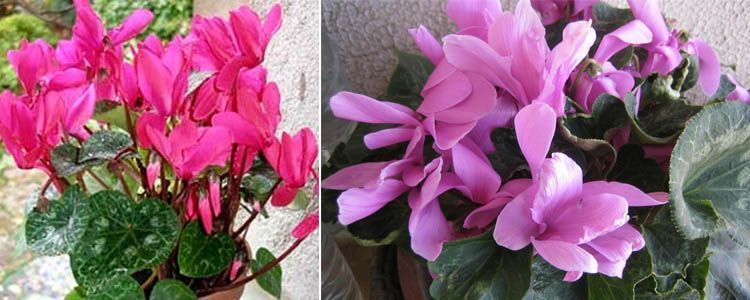

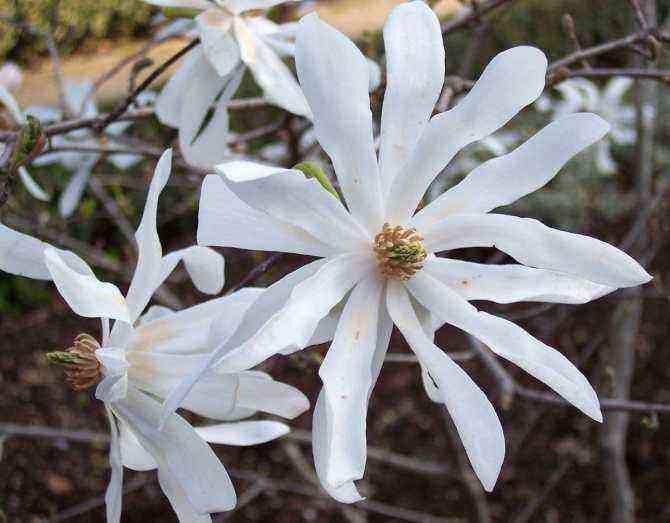
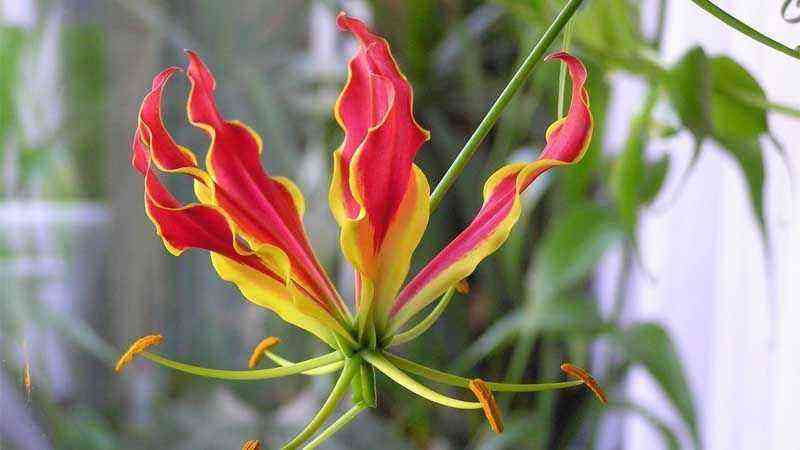

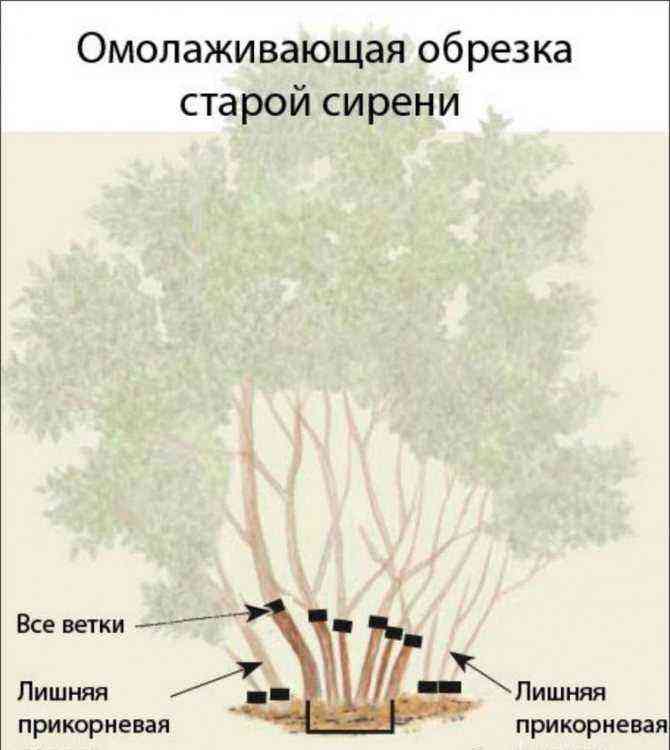

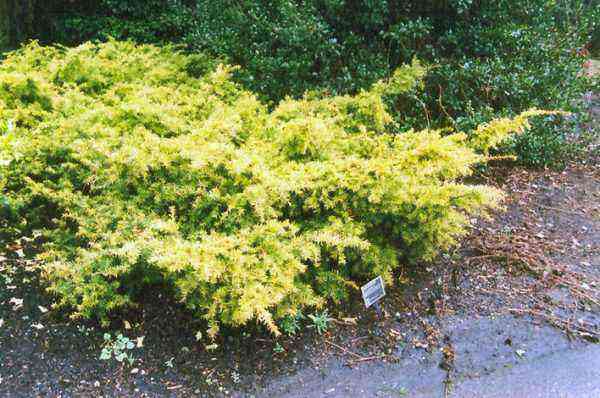
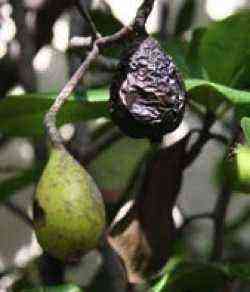

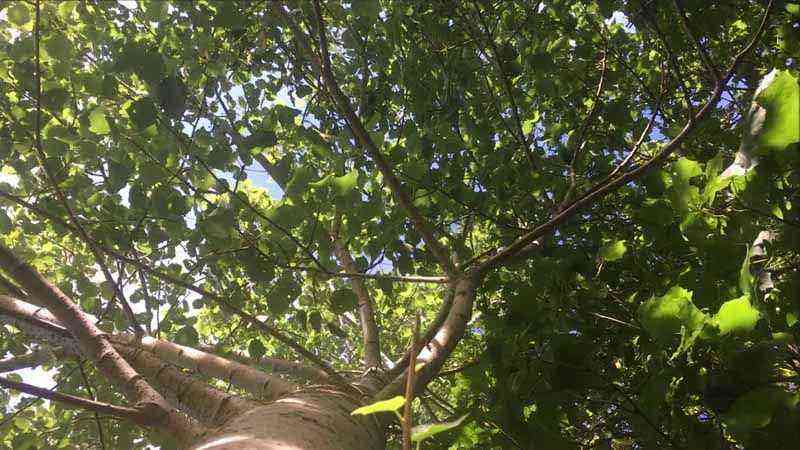


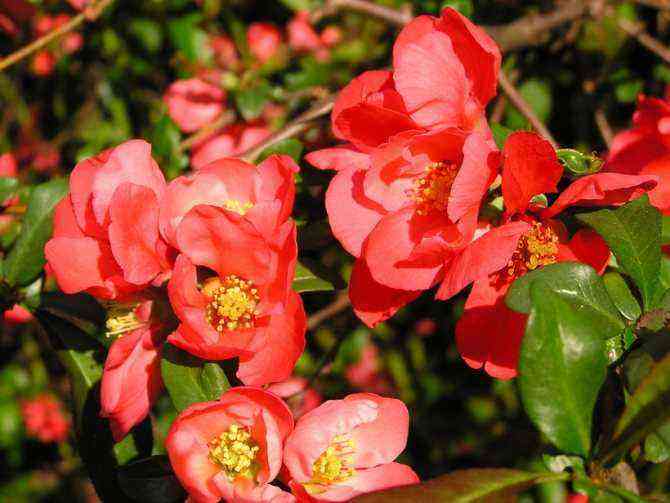
![Cultivation of Manihot esculenta [Cassava, Cassava] Cultivation of Manihot esculenta [Cassava, Cassava]](https://farmer-online.com/wp-content/uploads/2021/05/Cultivation-of-Manihot-esculenta-Cassava-Cassava.jpg)
